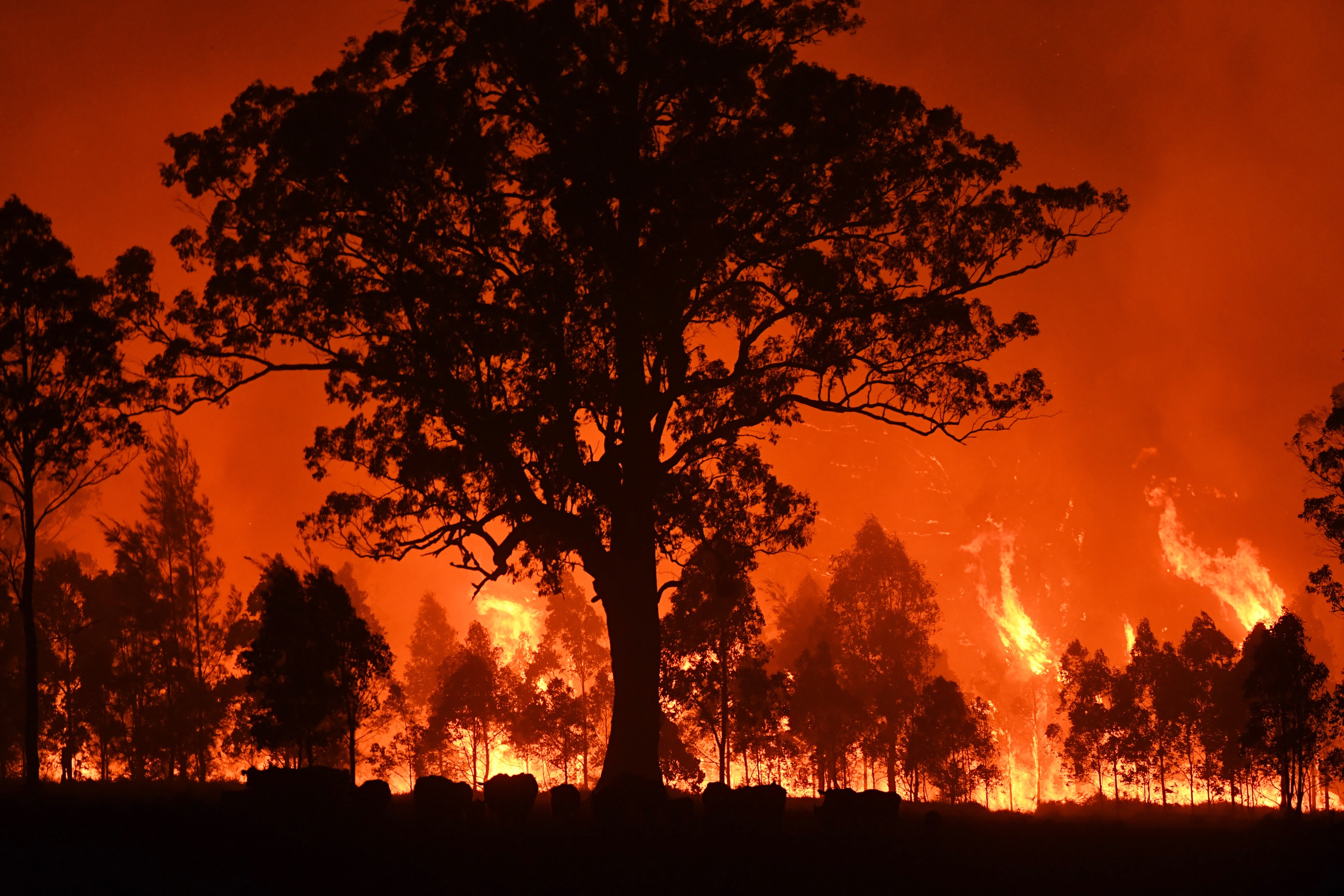From Analysis to Action: Using Your BAL Report to Reduce Bushfire Ris
From Analysis to Action: Using Your BAL Report to Reduce Bushfire Ris
Blog Article
Exactly How BAL Report Impacts Shrub Fire Defense Procedures
In the realm of bush fire protection, the Building Attack Degree (BAL) record stands as a crucial tool that significantly affects the security and resilience of residential or commercial properties in fire-prone areas - BAL Report. The impact of a BAL assessment prolongs far past simple paperwork; it functions as the keystone for determining the suitable building and construction requirements and fire protection actions needed to reduce the risks posed by bushfires. As neighborhoods grapple with progressively extreme fire periods, recognizing just how the BAL record shapes these safety procedures ends up being critical for property owners, building contractors, and policymakers alike
Comprehending the Bushfire Attack Level

Significance of BAL Record Evaluation

Additionally, the BAL record assessment offers as a foundational step in abiding by lawful responsibilities and needs connected to bushfire security. Local councils and authorities usually mandate the entry of a BAL report as component of the planning and structure approval process to guarantee that residential or commercial properties are appropriately protected versus bushfire dangers. Falling short to perform a comprehensive BAL record evaluation can lead to inadequate security procedures, leaving residential or commercial properties prone to devastating bushfire incidents.
Construction Specifications Based Upon BAL
A thorough understanding of the Bushfire Attack Level (BAL) makes it possible for building owners to carry out construction standards tailored to their specific risk profile. Building requirements based on BAL are essential in minimizing the article impact of bushfires on buildings. The BAL ranking categorizes the prospective threat a building faces during a bushfire on a scale from BAL-Low to BAL-FZ (Fire Zone) Each BAL level represents certain building requirements detailed in the Australian Common AS3959-2018 Building of Structures in Bushfire-Prone Locations. Residential properties categorized as BAL-Low may only call for basic steps such as getting rid of debris and maintaining yards, while those in higher BAL groups need even more durable procedures like ash screens, fireproof products, and secured check over here windows. Adhering to these building criteria not only boosts the architectural resilience of the property however also improves the general security of locals throughout a bushfire event. Residential or commercial property owners have to carefully consider their BAL rating and comply with the equivalent building requirements to adequately secure their owners and homes.
Applying Fire Security Measures
With the structure of construction requirements based on Bushfire Strike Level (BAL) in location, the emphasis now shifts towards the useful application of fire security steps to fortify residential or commercial properties against bushfire threats. Easy procedures include using fireproof structure products, installing ash guards on vents, sealing spaces in wall surfaces and roofs, and preserving a clear room around the residential or commercial property complimentary from combustible vegetation. By incorporating both passive and active methods, properties can substantially reduce their vulnerability to bushfire occurrences and enhance the safety of residents.
Safeguarding Homes Versus Bushfires
Efficiently safeguarding homes versus the destructive influences of bushfires calls for a positive and extensive strategy to fire defense actions. In addition, sealing vents and spaces to prevent ash intrusion, as well as incorporating fire-resistant doors and windows, can aid strengthen the home's protection versus bushfires. By welcoming a positive position and integrating these protective measures, home owners can dramatically increase their possibilities of guarding their homes against bushfires.
Verdict
In conclusion, the Bushfire Attack Level (BAL) record plays an essential function in determining the necessary defense measures versus bushfires. Implementing fire protection actions click for info based on the BAL record is vital in securing buildings from possible bushfire dangers.
In evaluating bushfire threat to properties, comprehending the Bushfire Attack Level (BAL) is a vital component for implementing reliable defense steps. On the whole, a clear understanding of the Bushfire Assault Degree is necessary for executing ample security steps and mitigating the influence of bushfires on residential or commercial properties.

Report this page